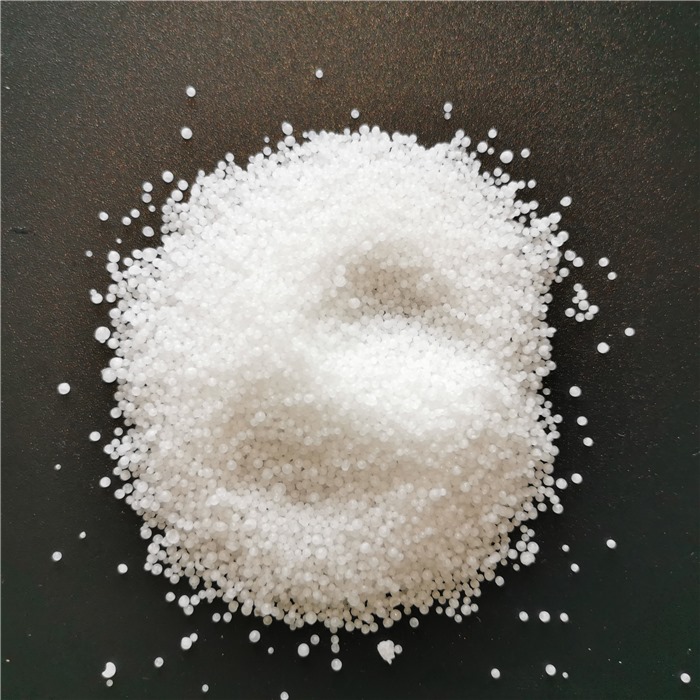In the realm of chemicals, few substances have as profound an impact as caustic soda. Also known as sodium hydroxide (NaOH), this compound’s influence spans a vast array of industries, each benefiting from its unique properties and reactivity. Join us as we embark on a journey to explore the multifaceted and influential nature of caustic soda uses.
The Building Blocks of Reactivity
At the heart of caustic soda’s influence lies its remarkable reactivity. Comprising sodium, oxygen, and hydrogen, this simple yet potent compound can break down barriers on molecular levels. This ability to interact with a range of substances forms the basis for its diverse applications across industries.
Industrial Applications
Pulp and Paper Industry: Caustic soda is a crucial agent in the pulping process, helping to separate wood fibers and prepare them for paper production. It also aids in bleaching processes, resulting in the white paper we use daily.
Textile Manufacturing: From enhancing fabric strength to improving dye absorption, caustic soda transforms textiles during mercerization, creating smoother and more lustrous materials.
Chemical Synthesis: Caustic soda acts as a catalyst or reactant in the synthesis of numerous chemicals, including plastics, pharmaceuticals, and detergents.
Food Production: In food processing, caustic soda facilitates the peeling of fruits and vegetables, ensuring efficiency and quality in large-scale operations.
Water Treatment: Municipal water treatment plants rely on caustic soda to regulate pH levels and neutralize acidic compounds, ensuring clean and safe drinking water.

Altering Matter: A Reactive Force
One of the most fascinating aspects of caustic soda is its ability to alter matter through a process known as saponification. When combined with fats or oils, caustic soda triggers a chemical reaction that results in soap production. This reaction, known for centuries, continues to be a fundamental technique in soap-making today.
Navigating Caustic Challenges
The handling of caustic soda demands precision and care due to its corrosive nature. Proper protective gear, ventilation, and knowledge of safe handling practices are imperative to ensure both personal safety and successful outcomes in various processes.
Sustainability and Caustic Soda
As industries evolve towards sustainable practices, caustic soda’s role in recycling and waste management becomes increasingly significant. Its use in de-inking paper and treating wastewater underscores its contributions to a greener future.
Conclusion: The Essence of Transformation
In every industry it touches, caustic soda serves as a catalyst for transformation. Its influence is felt in the creation of everyday products, the refinement of materials, and the provision of essential resources. As we delve deeper into its properties and applications, we uncover the remarkable breadth of caustic soda’s influence – an influence that continues to shape our world in ways both seen and unseen.
Comments
No comments yet. Be the first to react!